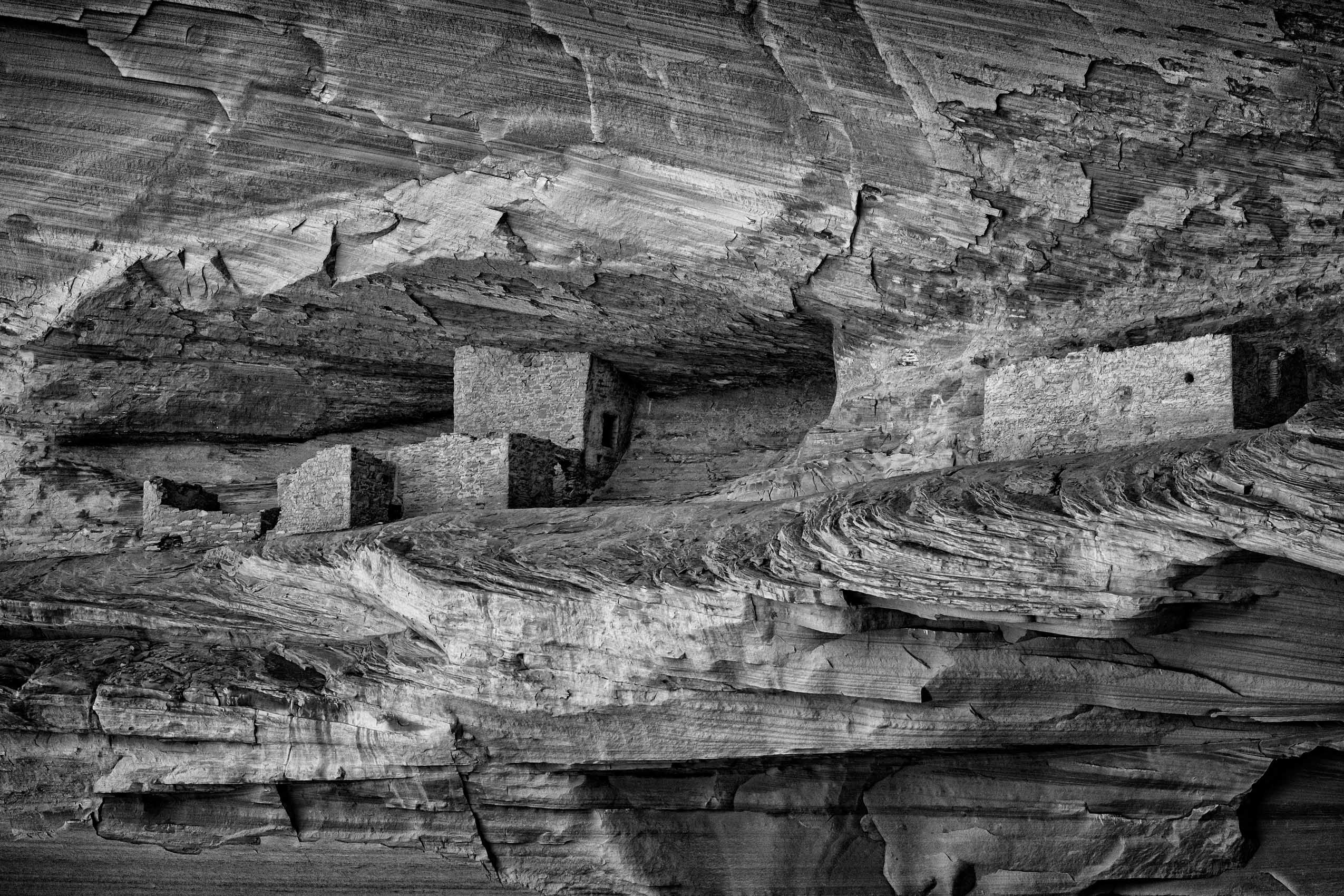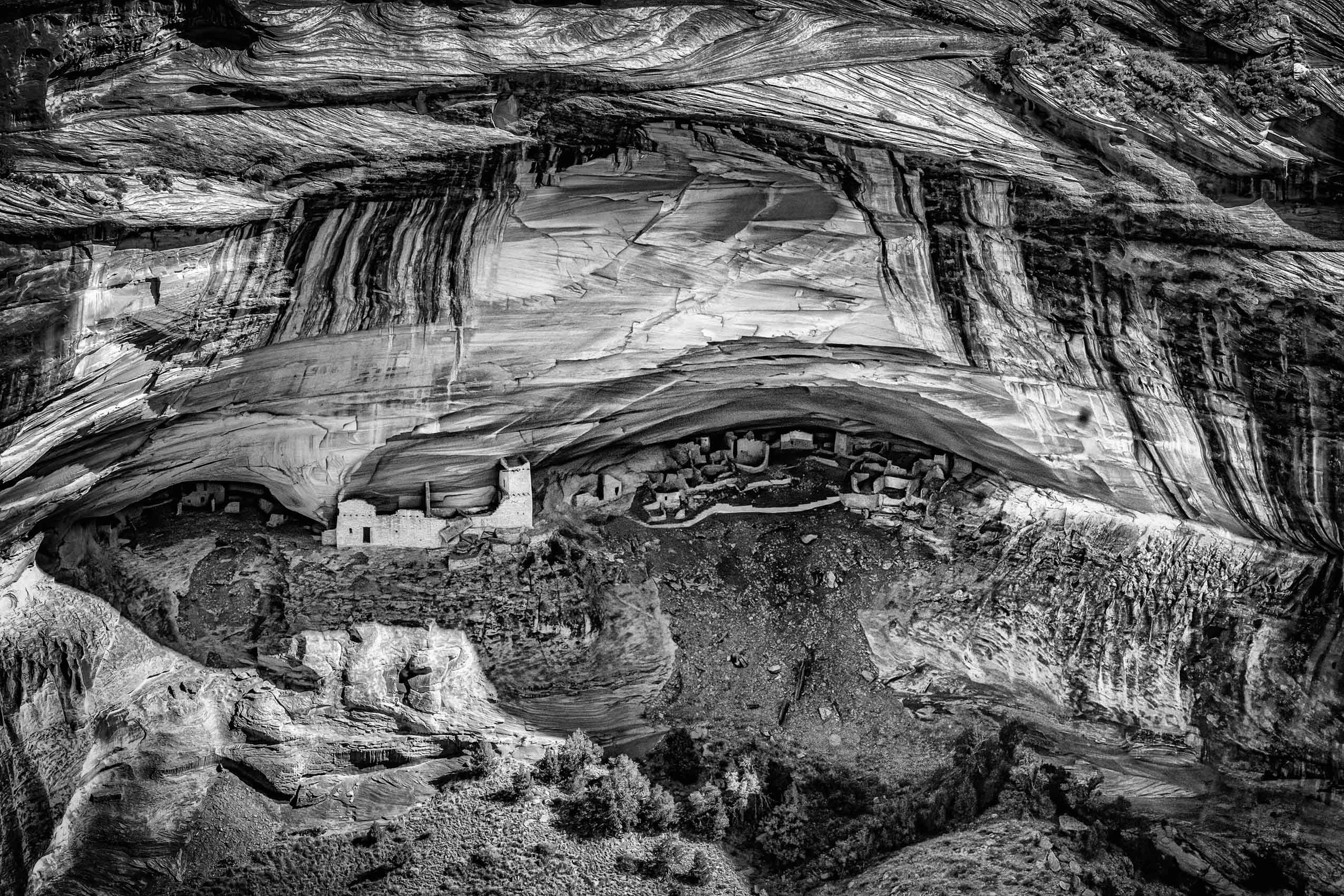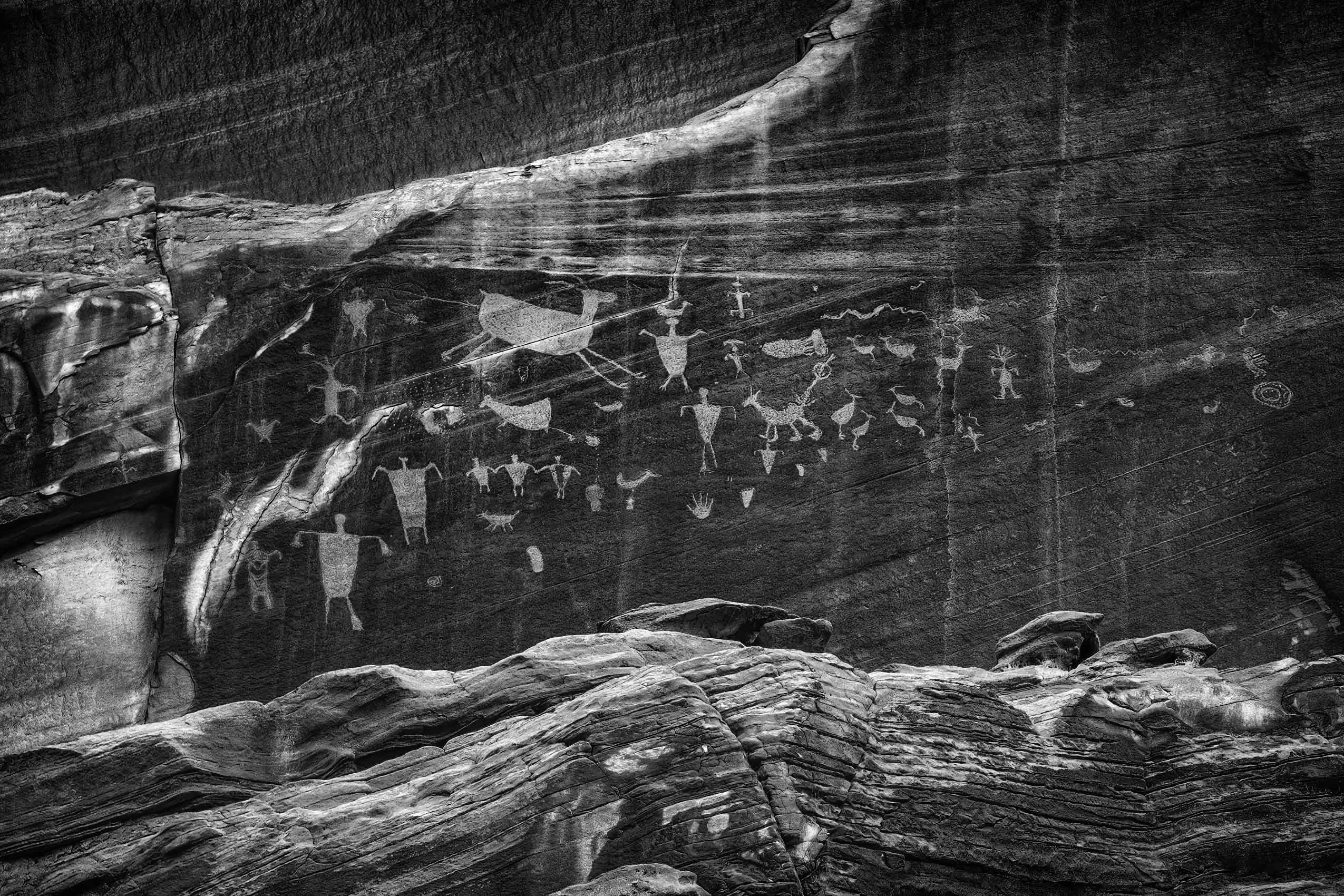USA: Ancestral Pueblo Ruins of the Southwest—Chaco Canyon, Mesa Verde & Canyon de Chelly
Many sites of early human habitation have been identified in the Colorado Plateau of the American Southwest, stretching back at least ten thousand years. A few of these developed into complex, cliff dwelling cultures that have left behind them monumental ruins as well as countless artifacts, preserved in these dry, rugged and sparsely populated places. This gallery contains images of architectural remains of some of these cultures at three sites of great significance to the human record and of special sanctity to the Hopi, Navajo and other indigenous peoples who continue to inhabit this region. Chaco Canyon, in remote northwestern New Mexico, appears to have been a major cultural and religious complex occupied between about 900 and 1150 CE. Traces remain of a vast system of roads leading to and from Chaco and there is evidence of cultural contacts as far away as central and southern Mexico. The materials used to build the fifteen major complexes comprising Chaco were transported great distances, and those monumental structures remained the largest north of Mexico until the 19th century. The layout of Chaco shows evidence of sophisticated archaeoastronomical knowledge; and its apparent alignment with solar and lunar cycles and very large number of ceremonial rings (kivas) suggests that this was primarily a religious center. Chaco Canyon is preserved within Chaco Culture National Historical Park and is a UNESCO World Heritage site. Mesa Verde, a National Park and UNESCO World Heritage site located in the southwest corner of Colorado, protects the largest and one of the best preserved archaeological sites north of Mexico. A succession of hunting and gathering and subsistence farming cultures seem to have occupied the area over the centuries, with construction of pueblos beginning by the 7th century and the vast complexes of cliff dwellings by the late 12th century. By the late 13th century, the area had been abandoned, probably due to environmental and social instability precipitated by prolonged droughts—also the probable cause of the abandonment of Chaco. Canyon de Chelly is a National Monument that, in a unique arrangement, is cooperatively managed with the Navajo Tribal Trust. It is located in northeast Arizona, within the boundaries of Navajoland and is part of the collective patrimony of the Navajo Nation. Some 40 Navajo families continue to live within the Monument, and public access is restricted. The floors and walls of the three major canyons within the monument preserve ruins and rock art of the successive groups living here over the course of more than four thousand years. The latest of these are the Navajo themselves, who were forcibly removed in the 19th century but subsequently returned to inhabit and preserve it once more. The first four images in this gallery are of Chaco; the next thirteen, of Mesa Verde; and the last five, of Canyon de Chelly. Rather than another structure, the final image is of an ancient petroglyph that has been incised into the rock.






















